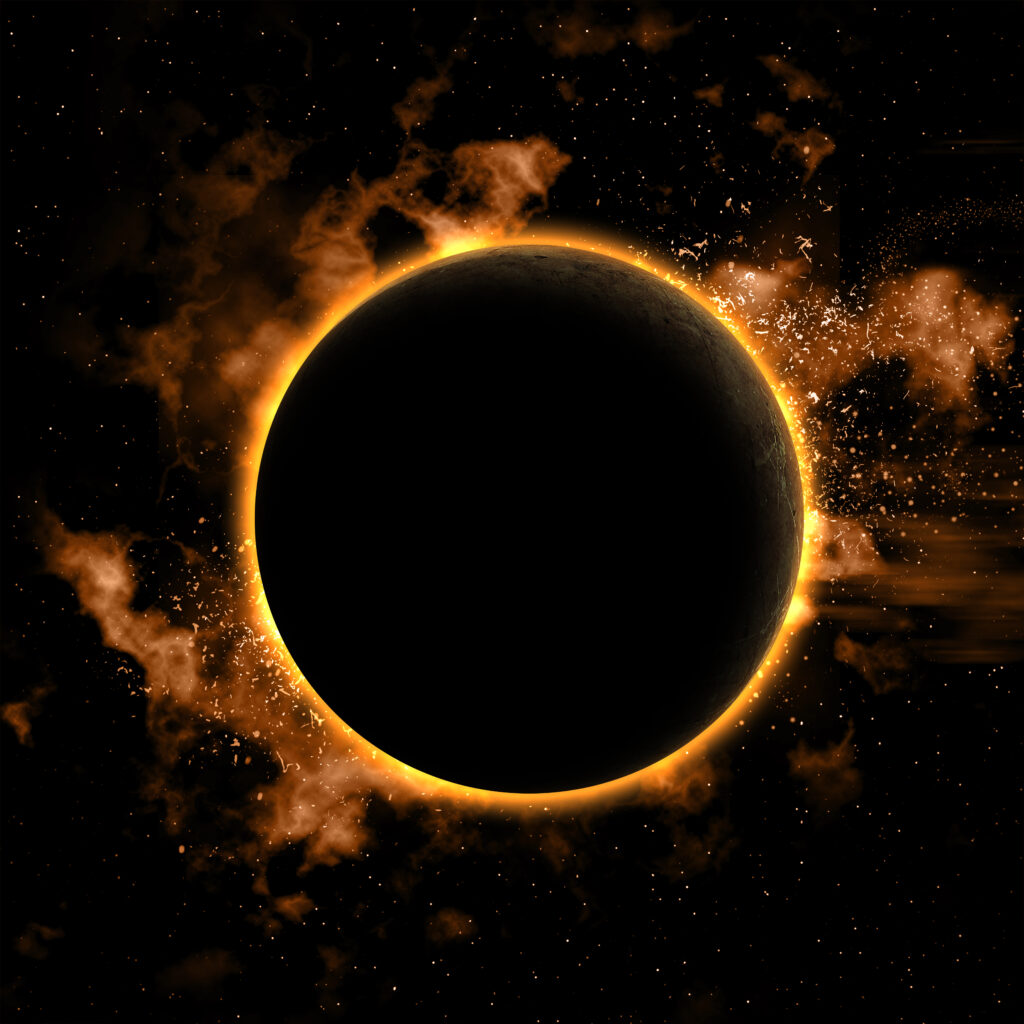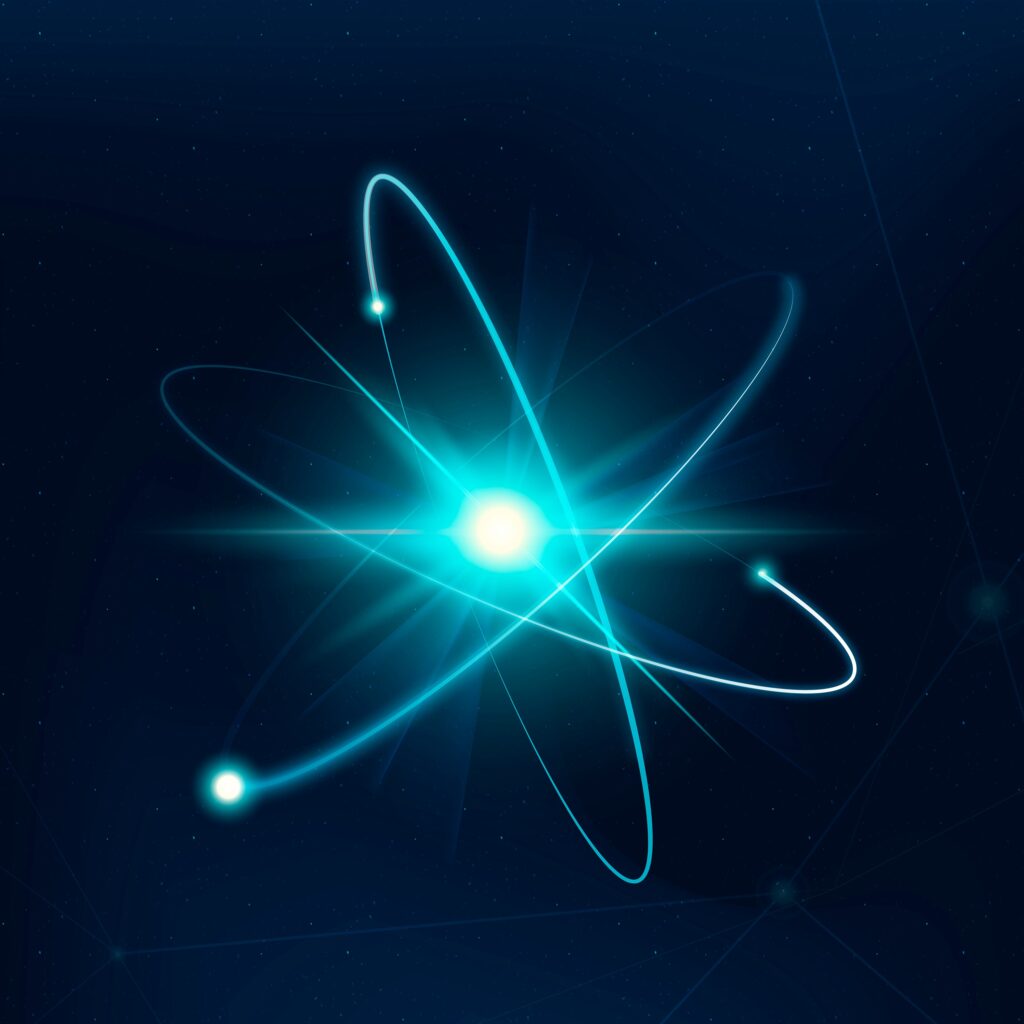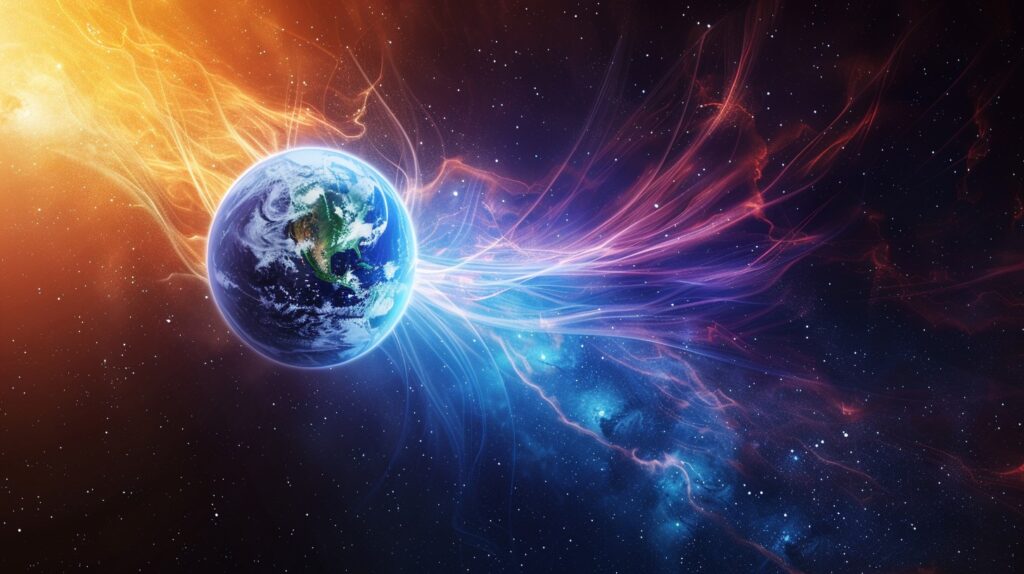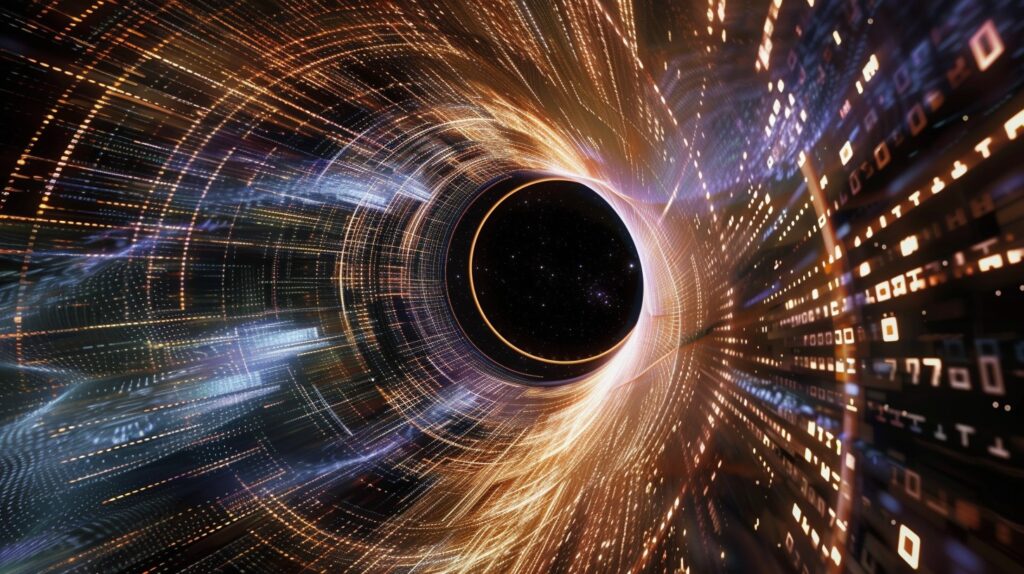Have you ever stared up at the night sky and felt your brain do a little flip trying to comprehend the vastness of it all? Yeah, me too. Space is filled with mind-boggling wonders, but let’s talk about the crème de la crème of cosmic mysteries. So, buckle up, because we’re diving into the enigma of the universe.
Dark Matter and Dark Energy: The Invisible Puppeteers

Okay, picture this: You’re at a puppet show. The puppets are dancing around, putting on a great performance, but you can’t see the strings or the puppeteer. That’s kind of like our universe. We see galaxies, stars, planets (the puppets), but about 85% of the stuff out there is invisible. Meet Dark Matter and Dark Energy.
Dark Matter isn’t like the regular matter that makes up you, me, and the pizza in your fridge. Nope, it’s invisible. We can’t see it or touch it, but we know it’s there because of the gravitational pull it exerts. Galaxies spin faster than they should if they were only made of visible matter, so something unseen must be giving them an extra tug.
And then there’s Dark Energy. This mysterious force is even more baffling. It’s like the universe is stretching out, and Dark Energy is the culprit. Imagine blowing up a balloon; Dark Energy is the breath making the universe expand faster and faster. Wild, right?
Black Holes: The Cosmic Vacuum Cleaners

Black holes are the rockstars of the universe, and not just because they’re cool. They’re these incredibly dense points in space where gravity is so strong that not even light can escape. If you get too close, you’re toast. But what’s inside a black hole? Your guess is as good as mine. Scientists have theories, sure, but we haven’t peeked inside one yet.
There’s this thing called the Event Horizon—the point of no return. Once you cross it, there’s no escaping the black hole’s grasp. Beyond that? It’s a mystery wrapped in an enigma. Some theories suggest a singularity at the center—a point where gravity crushes matter into infinite density. It’s mind-bending stuff.
Neutron Stars: The Stellar Oddballs

When a massive star dies, it can go out with a bang—literally. A supernova explosion leaves behind a neutron star, which is basically the core of the dead star compressed into a super-dense ball. Imagine cramming a mountain into a teaspoon. That’s a neutron star.
These stellar remnants are fascinating and bizarre. Some spin incredibly fast, hundreds of times per second, shooting out beams of radiation like cosmic lighthouses. We call those pulsars. They’re like the universe’s heartbeat, ticking away in the vastness of space.
The Great Attractor: The Cosmic Magnet

Now, here’s a head-scratcher: The Great Attractor. It sounds like a comic book villain, but it’s actually a region in space pulling galaxies, including our Milky Way, towards it. What’s causing this gravitational pull? We’re not entirely sure.
Located about 150 million light-years away, it’s in a spot obscured by the Milky Way’s plane, making it tough to study. But something massive and mysterious is lurking there, dragging entire galaxy clusters towards it. Spooky, right?
Fast Radio Bursts: The Cosmic Morse Code

Imagine picking up a cosmic phone call from across the universe. That’s kind of what Fast Radio Bursts (FRBs) are like. These are super-short, super-bright pulses of radio waves that last just milliseconds but release more energy than the Sun does in a whole year. And we have no clue what’s causing them.
Some FRBs are one-time events, while others repeat. Are they from neutron stars? Black holes? Aliens sending us a “hello”? The jury’s still out. But the mystery of FRBs keeps astronomers glued to their telescopes, hoping to crack the code.
Conclusion
The universe is a vast, mysterious playground filled with wonders that boggle the mind. From invisible Dark Matter and Dark Energy shaping our cosmos to the eerie pull of the Great Attractor, we’ve only scratched the surface of the cosmic mysteries. Every discovery opens new questions, reminding us how much there is yet to learn. So, keep your eyes on the stars, because who knows what other secrets the universe is hiding?
FAQs
Q: What exactly is Dark Matter? A: Dark Matter is an invisible substance that makes up about 27% of the universe. We can’t see it or interact with it directly, but we know it’s there because of the gravitational effects it has on visible matter.
Q: How are Black Holes formed? A: Black Holes are formed when massive stars collapse under their own gravity, compressing their mass into an incredibly small space with immense gravitational pull.
Q: Can we see Neutron Stars? A: While we can’t see Neutron Stars directly with the naked eye, we can detect their presence through the radiation they emit, particularly if they are pulsars.
Q: What is the Event Horizon of a Black Hole? A: The Event Horizon is the boundary around a Black Hole beyond which nothing can escape—not even light. It’s the point of no return.
Q: Are Fast Radio Bursts caused by aliens? A: While some theories speculate about extraterrestrial origins, most scientists believe that Fast Radio Bursts are likely caused by astrophysical phenomena, such as neutron stars or black holes.